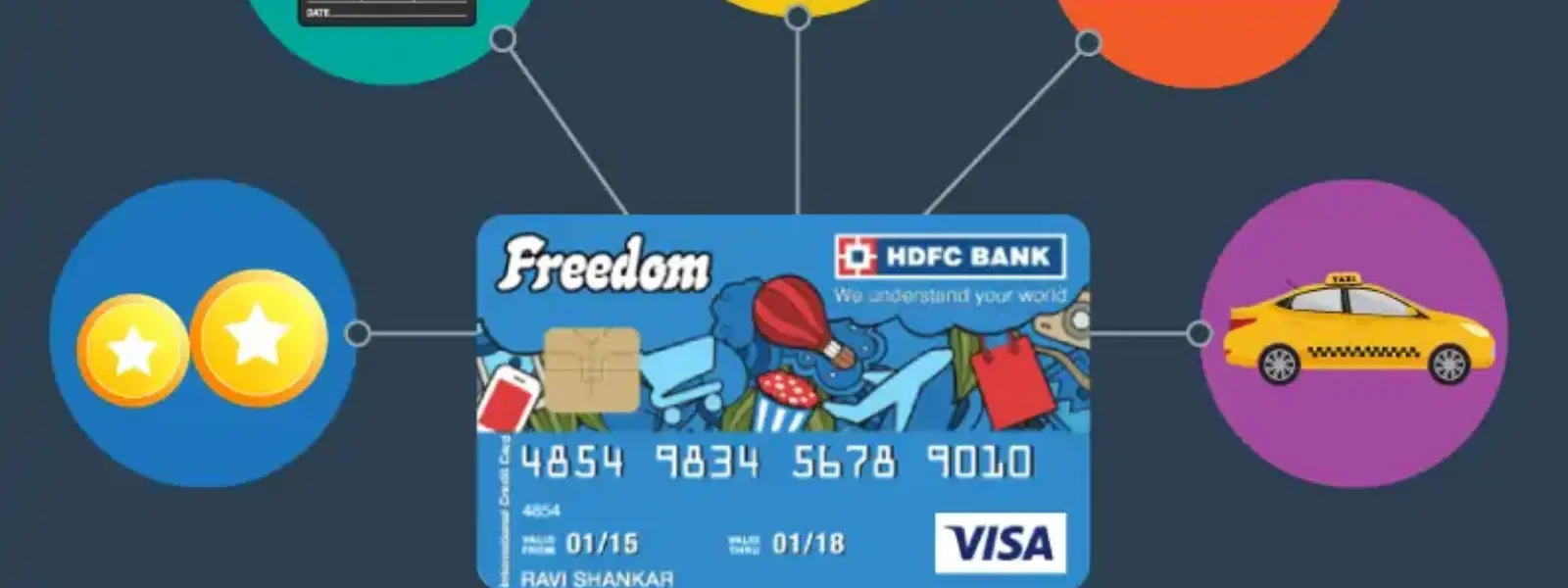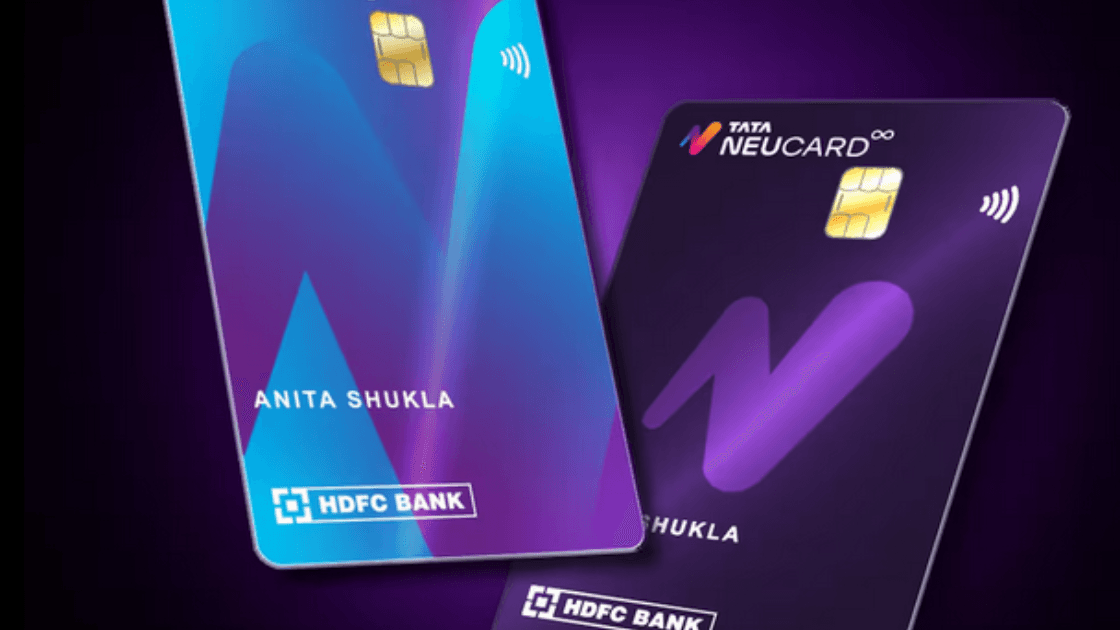
Cards
•05 min read

Did you know that Indians collectively redeem millions of reward points every year, saving thousands of rupees on everyday purchases? Credit card rewards are an exciting way to get back a little from how much you spend. In this guide, we take a closer look at what credit card reward points are. You will learn what they mean, how much they truly are worth in rupees, and the simple calculations to understand their value. By the end, you will have practical tips to maximize your benefits and avoid common pitfalls.
Credit card reward points are earned with every purchase you make using your credit card. Whether you shop online, dine out, or book travel, these transactions often help you collect points. Each card has its own reward program, meaning the terms and methods vary from one card to the next. For instance, a transactional pattern on one card may earn more points for flight bookings, while another may reward higher for retail purchases.
The value of each reward point depends on the card issuer and the specific redemption option. For instance, some cards value points where each one could be worth anywhere between ₹0.25 and ₹0.50 when redeemed. This value is usually determined by redemption categories like cashback, vouchers, or merchandise. It is important to note that while some users find that Tata Neu HDFC Bank Credit Card 1,000 Reward points value in rupees might give around a specific rupee value, different cards will have their own defined metric. You can also find online tools like How much are credit card points worth india calculator to help with the math.
The type of credit card you have plays a big role. Premium cards might have different reward rates than basic ones. Annual fees, the variety of eligible spending categories, and even the redemption thresholds may shift the perceived value of the points. Always keep an eye on any expiration dates that come with your rewards, and make sure you understand the outlined terms and conditions that come with these programs.
The calculation is simple. You can use the formula: Reward Point Value = Total Points × Rupee Value per Point. For example, if you have 1,000 points and your card attributes a value of ₹0.25 per point, your total value is calculated as 1,000 multiplied by ₹0.25. Similarly, if the value per point is ₹0.50, the value doubles. This clear method helps you see the direct benefit of your spending.
Many credit cards provide online calculators that make this calculation easier. Some issuers also offer downloadable resources, such as a Tata Neu HDFC Bank Credit Card 1,000 reward points value pdf, to show current redemption policies. Additionally, Tata NeuMoney is exploring ways to provide even more tools to help you track and calculate rewards, ensuring you always know your potential benefit.

One common mistake is overspending solely in order to earn more points. While rewards are a great perk, spending within your means is more important. It’s also necessary to check redemption terms carefully as rewards may have caps or exclusions. By understanding these details, you can avoid any surprises later.
Focus on your lifestyle and spending habits. Some cards are best suited for travel, while others are great for online shopping. Look at the specific benefits and types of rewards each card offers. Consider how your day-to-day purchases line up with the reward categories on offer.
There are simple ways to get more out of your rewards. Prioritize spending in high-reward areas like dining, travel, and online shopping. When a partner merchant offers extra bonus points, try to complete your purchases through them. Even regularly paid bills and subscriptions on your credit card can add to your rewards tally.
Using your points wisely is just as important as earning them. Investigate the different ways you can redeem your points. For example, opting for cashback might sometimes offer a more predictable return. Keep an eye on special promotions during festivals or seasonal sales that might improve the redemption value.
Make use of apps or online tools that help you track the life cycle of your points, especially their expiration dates. Setting regular reminders can ensure you redeem your rewards on time, preventing any loss of value.
Many issuers offer reward programs with a range of features. Typically, you will find differences in how points are valued, the number of points earned per rupee spent, and the variety of redemption options. It is helpful to view a simple table that lists out these features such as rupee value per point, recognized redemption pathways, and any specific expiration policies. This gives you a clear snapshot of what to expect.
-ed507771-df04-4fb3-9af5-bae11cb611a6.png&w=3840&q=75)
Using specific cases can be very illustrative. For example, one popular card might offer a redemption rate where every 1,000 points equal a substantial rupee value, ideal for frequent flyers or online shoppers. Even if the specifics differ between cards, understanding the framework helps you assess the true value of your rewards.
Tata NeuMoney focuses on digitizing your financial journey and making transactions easier. While reward points vary per card, our mission is to ensure that you benefit from every transaction in a transparent and convenient manner. Tata NeuMoney enhances reward tracking and simplifies transactions, offering features like ease of use and transparency in rewards. Knowing how each program works helps you better integrate rewards into your overall spending strategy.
The value can vary by issuer, typically ranging from ₹0.25 to ₹0.50 per point.
Simply use the formula: Reward Point Value = Total Points × Rupee Value per Point. Many cards also offer dedicated online calculators.
Many cards, such as those designed for travel or online shopping, offer attractive reward rates with versatile redemption options. It’s key to choose one that suits your spending habits.
Yes, most reward points have an expiration period. It is important to review your card’s terms and conditions to ensure you redeem them timely.
Some cards allow cashback redemption, though note that the rupee value per reward point might differ across cards.
Credit card reward points, when understood and managed well, can lead to significant savings over time. Understanding how much credit card points are worth in India is the first step towards maximizing this benefit. Using a straightforward calculation method and recognizing the nuances of redemption options helps you optimize spending and rewards. By choosing a card that aligns with your spending profile and keeping track of your rewards, you put yourself in a strong position to leverage everyday transactions into tangible financial benefits.